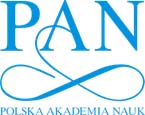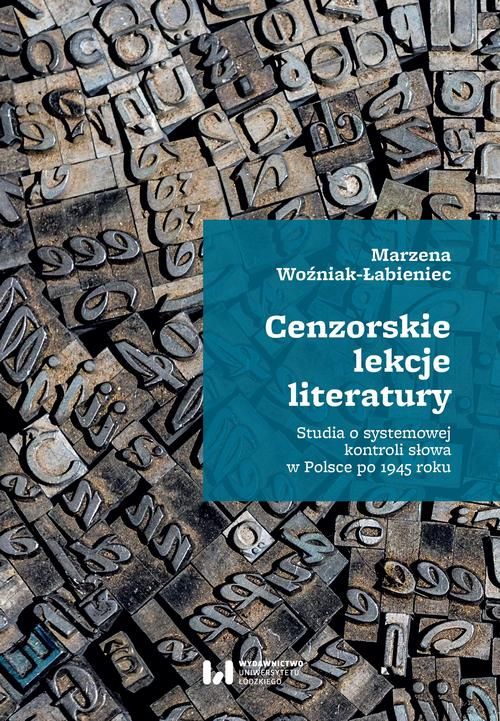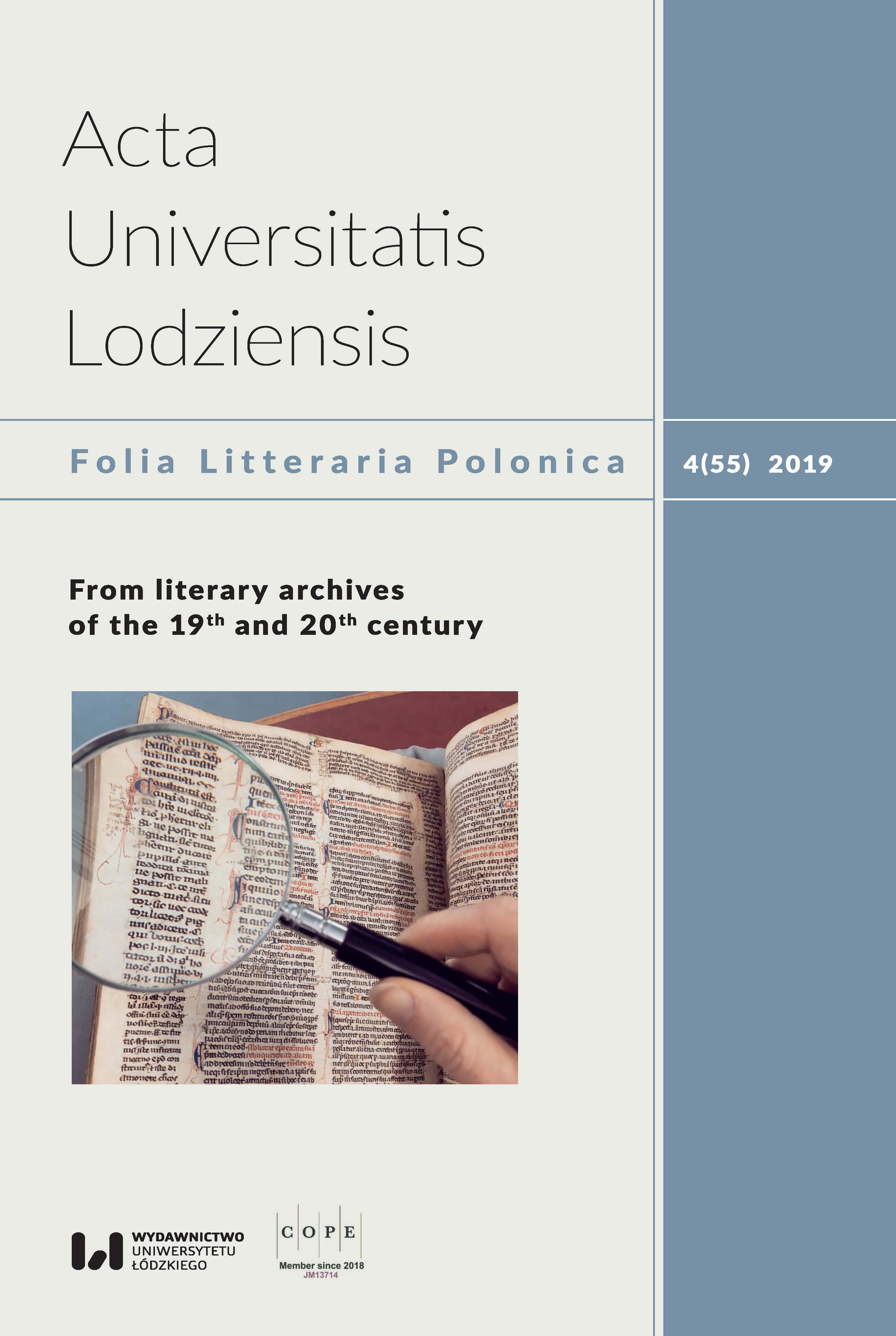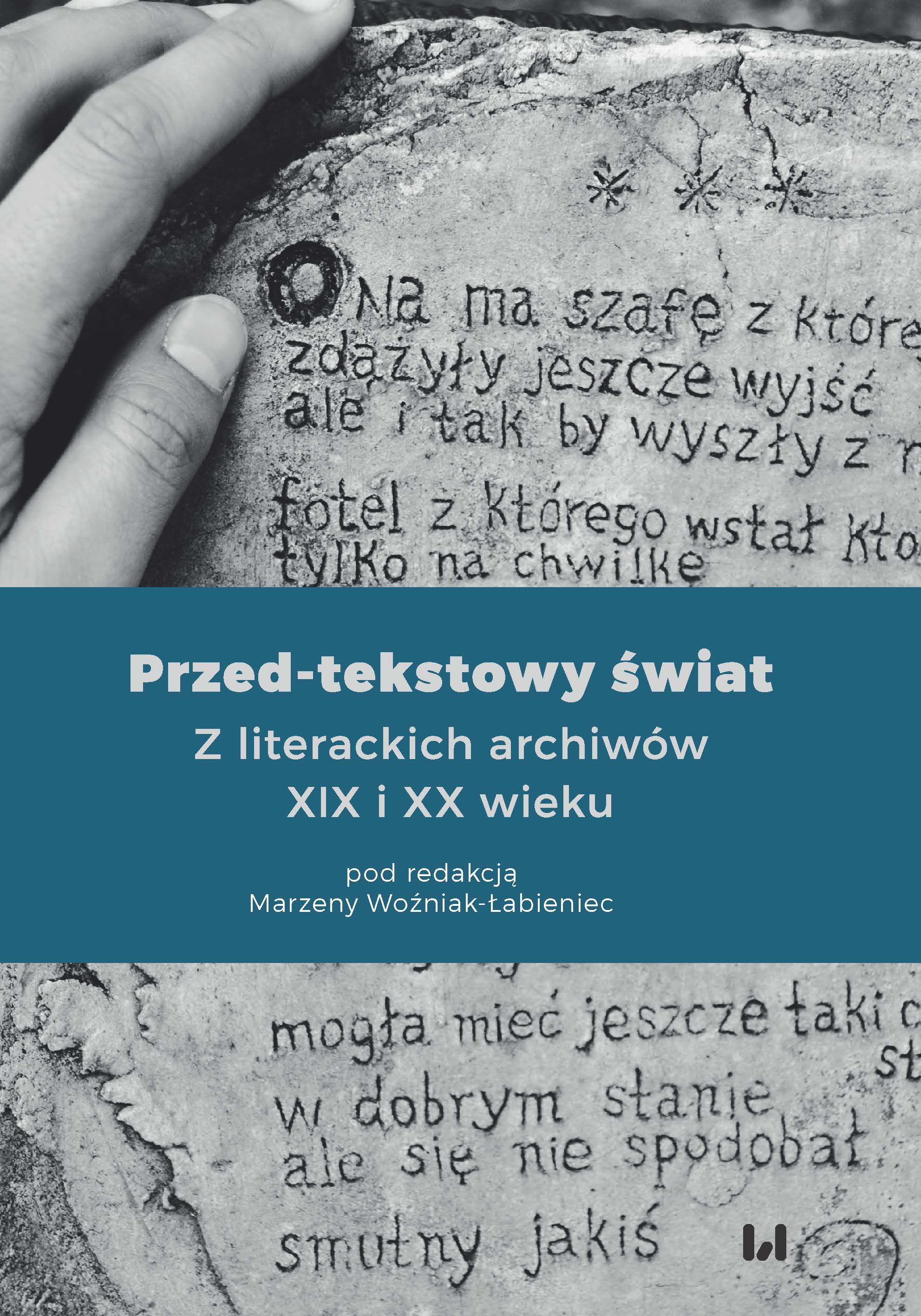Maria Berkan-Jabłońska
The aim of the article was to describe the collection of manuscripts preserved in the family archives as a memorial to Sabina Grzegorzewska née Gostkowska, a 19th-cen-tury writer, which are currently in the possession of The Scientific Library of the PAAS and the PAS in Cracow. That analysed archival legacy consists of various doc-uments, which include a few letters, several rough drafts with notes and quotations on Grzegorzewska’s philosophical and religious lectures, excerpts from her disserta-tions, and drafts and fair copies of novels and memoirs. The article presented their content and material condition. The prospects for further processing of that legacy were also discussed. An important issue is the question on the importance of the task for the history of Polish literature of the 19th century, especially with regard to the creator of minorum gentium. According to the author of the article, it would be reasonable to link the methods of the analysis of avant-textes, adopted in genetic research, with the proposals of the so-called cultural genetics.
Pobierz artykuł PDF ( english )
Tadeusz Budrewicz
The material basis for the article was Adam Asnyk’s notebook, which is pres-ently owned by The Jagiellonian Library in Kraków (Manuscript Archive, 7185I, no. 16261). The notebook contains 56 pages handwritten by Asnyk on both sides of a sheet. Asnyk wrote down the words which rhymed. He made use of the notebook when he needed set rhymes as a tool while composing poems. The list of these words demonstrates a high frequency of words borrowed from Latin, Greek, and French. They apply to abstract nouns, antiquity, literary classics, as well as proper nouns related to world geography and history. All indicates the intellectual and in-telligentsia model of his poetry. The sets of words often included associations which emphasised Asnyk’s irony towards Romanticism. The rhymes were not accidental sets of words phonetically similar but instead they indicated grammatical and se-mantic fields. The analysis of Asnyk’s notebook enabled the following conclusions: 1) in spite of some scholars’ opinions, in his rhymes Asnyk used noninflectionalgrammatical forms (infinitives, adverbs); and 2) partial rhyme in Polish poetry had appeared earlier than it was commonly assumed (the end of the 19th century).
Pobierz artykuł PDF ( english )
Dorota Samborska-Kukuć
A literary historian finds birth, death, and marriage certificates incredibly useful as primary research sources. Detached as it is, this knowledge serves as a solid basis both for individual biographies and contexts meant to reconstruct a particular his-torical thread. Personalised documentation is subjective by nature, while the dis-cussed documents tend to contain accurate and unbiased data.
Pobierz artykuł PDF ( english )
Agnieszka Kuniczuk-Trzcinowicz
Pobierz artykuł PDF ( english )
Georgy Vekshin
The article attempts to give a functional description of the five most significant in-dividual nonstandard punctuation marks used in the manuscripts of Pushkin’s po-ems. A typology of basic and particular functions of punctuation is presented. The proposed description allows us to speak about the systemic nature of Pushkin’s noncanonical punctuation, in particular, about the patterns of distribution of punctua-tion marks. The changeable picture of punctuation in text makes it possible to form a more complete idea of the manuscript as an exponent of the creative process and provide a more comprehensive understanding of the rhythmic-syntactic composition and semantics of the text, both in its development and in the conditional final version.
Strona 1 z 3





